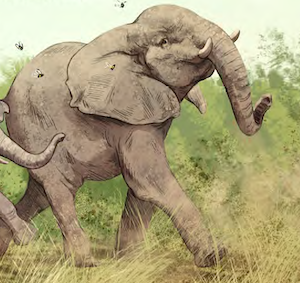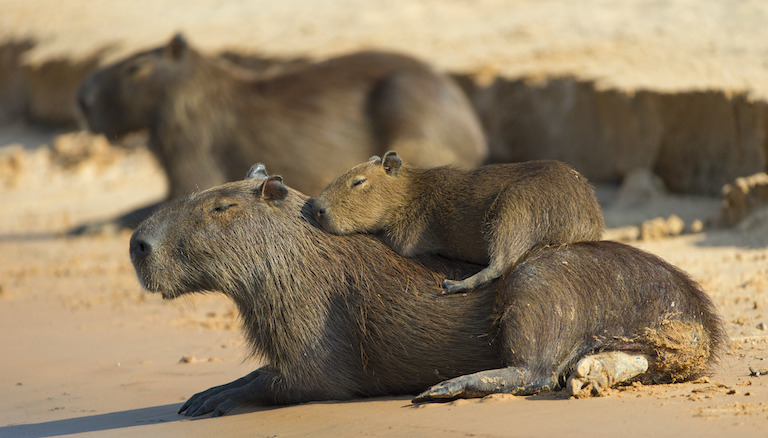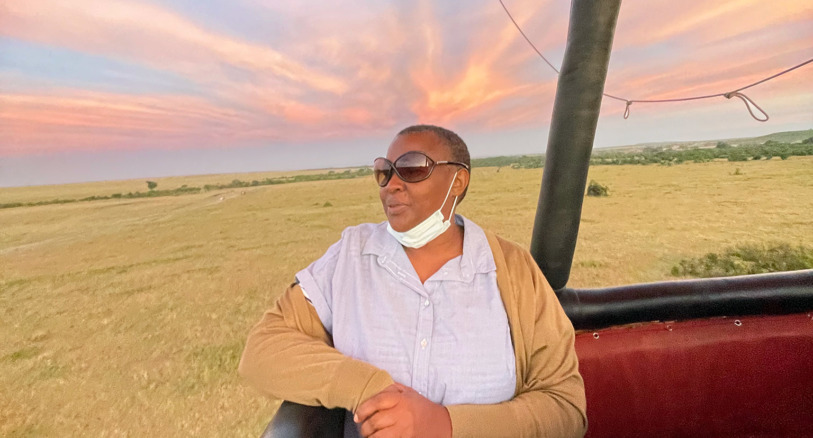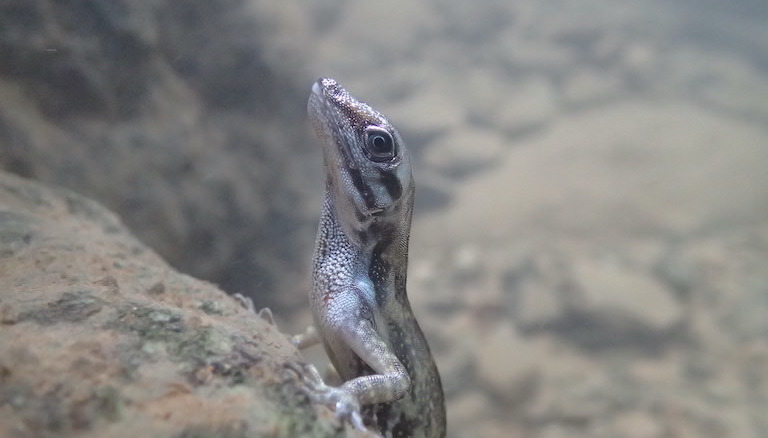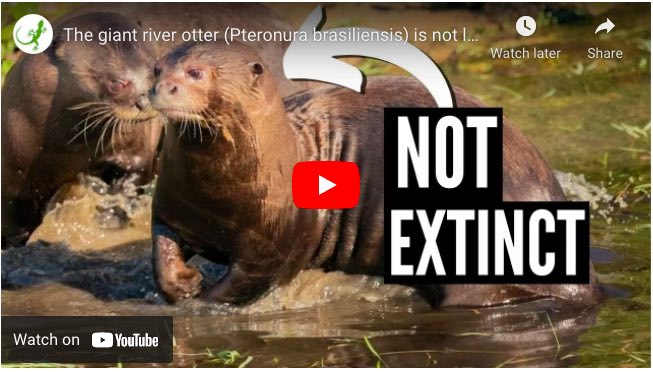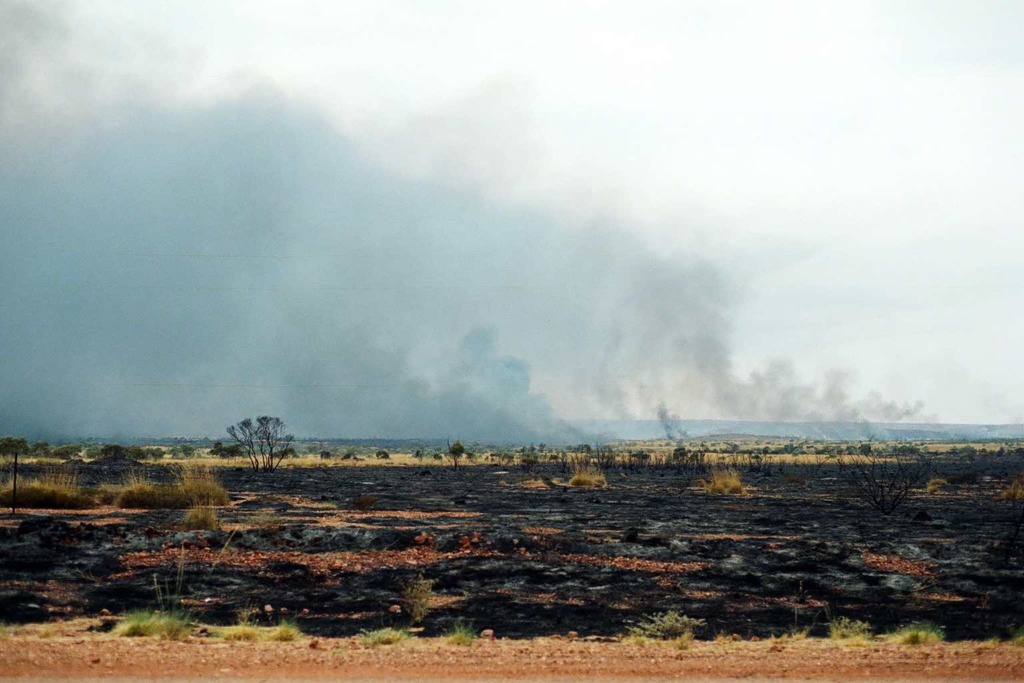
First Nations people in Australia have been using cultural burning to manage land, plants, and animals for thousands of years.
The Martu people live in the deserts of Western Australia. For many generations they have used fire to shape their ancestral lands. The Martu use small, low-intensity fires to help a variety of plant species grow. The use of fire to help increase biodiversity in an area is called pyrodiversity.

According to traditional beliefs, there was a time when the Martu people didn’t have fire. It was always spotted in the distance, but when the Martu would hurry to reach it, they found nothing.
“The blue-tongued lizard would hide the fire from them and they’d be cold … but the chicken hawk stole it away and gave it to the Martu who became warm, full, and fat. And so Martu life with fire begins,” explained Martu elder Kirriwirri (Mac Gardner) in a documentary.
Martu people have developed deep knowledge of how to use fire by controlling the intensity, frequency, and placement of fires. Their land ranges from areas that are recently burnt to those that burnt several decades ago. Some areas are burnt a couple of times, and others are burnt several times.
The example of spinifex grass shows how the Martu people use fire to shape species diversity.

The majority of arid Martu landscapes are dominated by spinifex. Spinifex is a type of grass with a sharp spine. Spinifex grows very well in unburnt areas, and outcompetes other plants. Burning plays a crucial role in the ecosystem by reducing the spinifex grass to its roots. The removal of the spinifex allows other plants like bush tomatoes, Scaevola parvifolia, and woollybutt grass to grow. These plants are important to Martu communities for food, medicine, and cultural reasons.
Waka Taylor, a Martu elder, explains why burning spinifex is important: “It’s not dead after it’s burnt. The burnt ground can rejuvenate with all different types of bush foods.”

Without the pyrodiversity created with the Indigenous knowledge of the Martu people, arid ecosystems of Western Australia might look quite different.
David Brown adapted this story for Mongabay Kids. It is based on an article by Sonam Lama Hyolmo, published on Mongabay.com:

